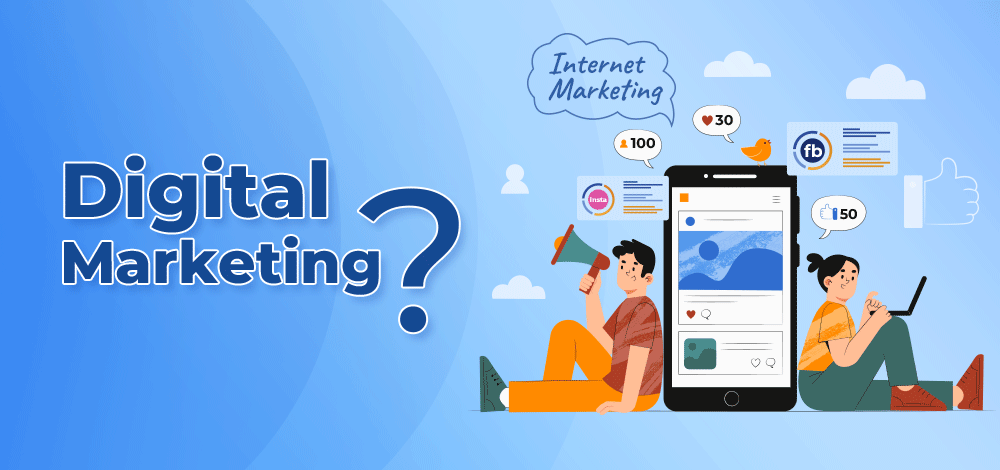
In today’s digital landscape, a strong and effective go-to-market strategy is essential for businesses to thrive. But what are the key ingredients that make up a successful digital go-to-market strategy? In this article, we unveil the hidden components that can make a significant impact on your overall marketing success.
From market research and target audience analysis to product positioning and competitive analysis, there are numerous elements that need to be considered when developing a digital go-to-market strategy. This article will delve into each of these components, offering valuable insights and practical tips to help you create a winning strategy.
Beyond the traditional marketing mix, the digital realm introduces new elements that are crucial to a successful go-to-market approach. We will explore the importance of search engine optimization (SEO), content marketing, social media engagement, and data-driven decision making. By understanding how these factors work together, you can develop a holistic and effective go-to-market strategy that will drive results and enable your business to stand out in the digital landscape.
Join us as we uncover the key components of a digital go-to-market strategy and equip yourself with the knowledge and tools necessary to succeed in today’s competitive online marketplace.
Understanding the target audience
To develop a successful digital go-to-market strategy, it is crucial to have a deep understanding of your target audience. By gaining insights into their demographics, preferences, and behaviors, you can tailor your marketing efforts to effectively reach and engage them. This requires conducting thorough market research and analyzing relevant data.
Market research involves collecting and analyzing data about your target market, including their needs, pain points, and buying behaviors. This information will help you identify opportunities and gaps in the market, allowing you to position your product or service effectively. Additionally, competitor analysis is vital to understand your competitors’ strategies and identify areas where you can differentiate yourself.
When gathering market research data, it is important to use a combination of qualitative and quantitative research methods. Qualitative methods, such as interviews and focus groups, can provide valuable insights into customers’ motivations and opinions. On the other hand, quantitative methods, such as surveys and data analysis, can provide statistical evidence and trends.
Market research and competitor analysis
Before diving into the tactical elements of your go-to-market strategy, it is essential to clearly define your goals and objectives. What do you hope to achieve with your digital marketing efforts? Setting specific, measurable, achievable, relevant, and time-bound (SMART) goals ensures that your strategy has a clear direction and purpose.
Your goals and objectives should align with your overall business objectives and be tailored to your target audience. For example, if your goal is to increase brand awareness, you may focus on increasing website traffic or social media engagement. If your objective is to drive sales, you may prioritize lead generation and conversion optimization.
Remember, goals and objectives should be flexible and adaptable. As you gather data and insights from your digital marketing efforts, you may need to refine or adjust your goals to maximize your results.
Defining goals and objectives
A strong value proposition is a critical component of a successful go-to-market strategy. It is the unique combination of benefits and value that your product or service offers to your target audience. A compelling value proposition differentiates your brand from competitors and communicates why customers should choose you.
To develop an effective value proposition, you need to understand what your target audience truly values. What problems do they need solving? What benefits do they seek? By answering these questions, you can craft a value proposition that resonates with your audience and sets you apart from the competition.
Your value proposition should be clear, concise, and memorable. It should communicate the unique benefits you offer, address your audience’s pain points, and provide a reason for them to choose your product or service over alternatives. Additionally, it should be consistently communicated across all marketing channels and touchpoints.
Developing a value proposition
Once you have defined your value proposition, it is crucial to develop a messaging strategy that effectively communicates your value proposition to your target audience. A well-crafted messaging strategy ensures that your marketing messages are consistent, compelling, and resonate with your audience.
Start by identifying the key messages that align with your value proposition and resonate with your target audience. These messages should be tailored to specific customer segments and address their pain points and motivations. Use language and tone that speaks to your audience and reflects your brand’s personality.
Your messaging strategy should also take into account the customer journey. Tailor your messages to each stage of the journey, from awareness and consideration to conversion and loyalty. By delivering the right messages at the right time, you can guide your audience through the buying process and build strong relationships with your customers.
Crafting a messaging strategy
In the digital age, there is a wide range of digital marketing channels available to reach and engage your target audience. From search engines and social media platforms to email marketing and content marketing, choosing the right channels is crucial to the success of your go-to-market strategy.
When selecting digital marketing channels, consider your target audience’s preferences and behavior. Where do they spend their time online? What channels are they most likely to engage with? By understanding your audience’s digital habits, you can focus your efforts on the channels that will yield the best results.
It is important to note that not all channels are created equal. Each channel has its own strengths and weaknesses, and it is essential to choose the ones that align with your goals and value proposition. For example, if your target audience is active on social media, you may prioritize social media marketing. If your audience is more likely to search for information on search engines, you may focus on search engine optimization (SEO).
Choosing the right digital marketing channels
Content marketing plays a crucial role in a comprehensive go-to-market strategy. It involves creating and distributing valuable, relevant, and consistent content to attract and engage your target audience. A well-executed content marketing strategy can drive brand awareness, generate leads, and establish your brand as a thought leader in your industry.
To develop an effective content marketing strategy, start by understanding your audience’s needs and interests. What type of content do they find valuable? What topics are they interested in? Use this information to create a content plan that aligns with your value proposition and addresses your audience’s pain points.
When creating content, focus on quality over quantity. Produce content that is informative, entertaining, and valuable to your audience. Use a mix of formats, such as blog posts, videos, infographics, and podcasts, to cater to different preferences. Additionally, leverage search engine optimization techniques to ensure your content is easily discoverable by your target audience.
Implementing a content marketing strategy
To ensure the success of your go-to-market strategy, it is essential to regularly measure and analyze your performance. By tracking key performance indicators (KPIs) and analyzing data, you can identify what is working, what needs improvement, and make data-driven decisions to optimize your strategy.
Start by identifying the relevant KPIs that align with your goals and objectives. These may include website traffic, conversion rates, social media engagement, and email open rates. Use web analytics tools, social media analytics, and email marketing software to track and monitor your performance.
Regularly review and analyze your data to gain insights into your audience’s behavior and preferences. Identify trends, patterns, and opportunities for improvement. Use A/B testing and experimentation to optimize your marketing efforts and continuously improve your results.
Measuring and analyzing performance
In today’s competitive online marketplace, a comprehensive digital go-to-market strategy is crucial for business success. By understanding your target audience, setting clear goals, developing a compelling value proposition, crafting a messaging strategy, choosing the right digital marketing channels, implementing a content marketing strategy, and measuring performance, you can create a strategy that drives results and enables your business to stand out in the digital landscape.
Remember, a successful go-to-market strategy is not a one-time effort but an ongoing process. Continuously monitor and adapt your strategy based on market trends, customer feedback, and data insights. By staying agile and responsive, you can stay ahead of the competition and achieve long-term marketing success in the digital age.
Conclusion: Driving success with a comprehensive digital go-to-market strategy
Before diving into the digital realm, it’s crucial to conduct thorough market research. This involves gathering data and insights about your target audience, competitors, and industry trends. By understanding your audience’s needs, pain points, and preferences, you can tailor your go-to-market strategy to resonate with them.
One of the most effective ways to gather valuable insights is through customer surveys and interviews. By asking the right questions, you can uncover valuable information about your target audience’s demographics, psychographics, and purchasing behavior. This data will help you create buyer personas that will guide your marketing efforts.
Additionally, analyzing your competitors’ strategies can provide valuable insights into what works and what doesn’t in your industry. By identifying gaps in the market and understanding your competitors’ strengths and weaknesses, you can position your product or service in a way that sets you apart.




